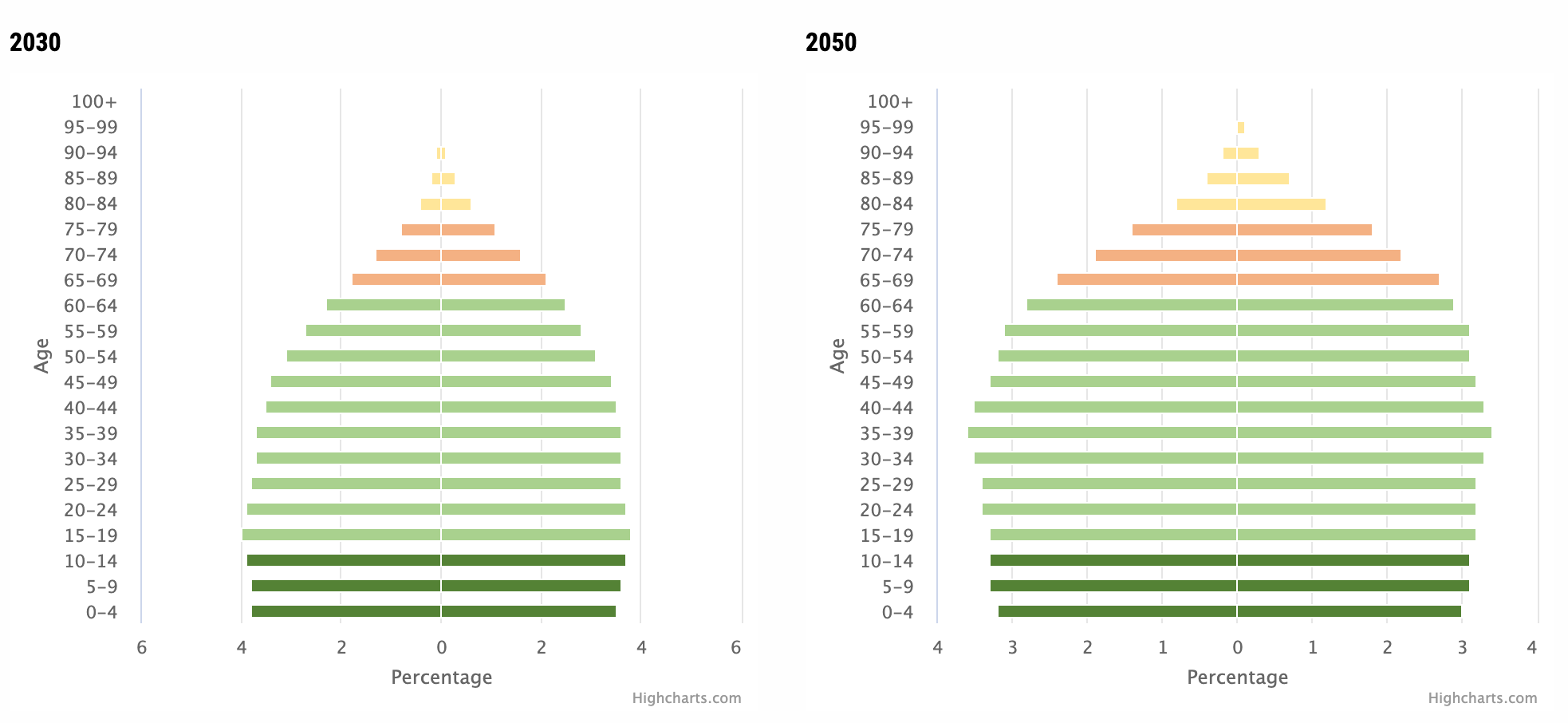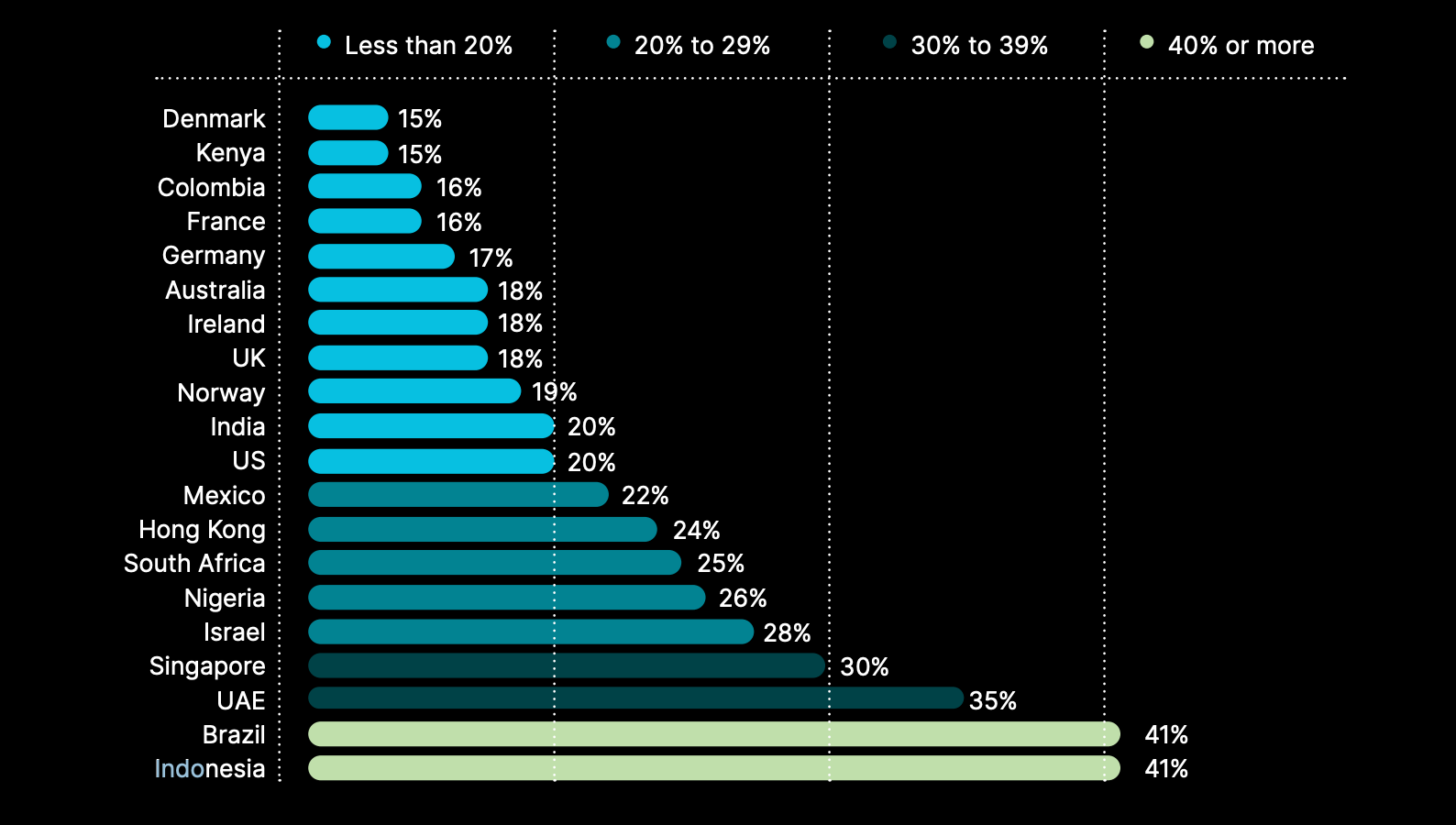Read more
Blockchain and crypto in Southeast Asian countries
Read more

Disclaimer: This article is intended for general information purposes only and does not constitute legal, business, investment, or tax advice. It should not be used as a basis for making any investment decisions or relied upon for accounting, legal, or tax guidance. References to specific assets or securities are for illustrative purposes only and do not represent recommendations or endorsements. The opinions expressed in this article are those of the author and do not necessarily reflect the views of any affiliated institutions, organizations, or individuals. The opinions reflected herein are subject to change without being updated.
1. Southeast Asia: Once the Hub of P2E, but Why?
Nowadays, when we say "use case of blockchain", many people think of "blockchain gaming". However, blockchain games haven't been in the limelight for very long. The technological innovation that marked the beginning of the last bull market was Uniswap's AMM (Automated Market Maker). Around mid-bull market, the Play to Earn (P2E) craze began, where games rewarded tokens for gameplay. Axie Infinity introduced this P2E concept widely to the market, sparking the P2E craze in Southeast Asia. What exactly is Axie Infinity, and why was P2E particularly successful in the Southeast Asian market?
1.1 What are Axie Infinity and, more broadly, P2E?
Axie Infinity is a PvP battle game using characters called Axies. Given that battles between characters are the primary content, the characters and the cards they use are crucial. Axies are unique NFTs (Non-Fungible Tokens). Users can battle and complete quests with these Axies to earn rewards. To play, one needs at least three Axies. There are free Starter Axies available, but they aren't NFTs, limiting players to tutorial-like battles without rewards.
As seen from Axie's example, P2E refers to a game structure where players earn rewards for gameplay. It's an application of an incentive system in games where specific actions yield token rewards. P2E games gained significant attention after Axie Infinity's huge success in the market. Consequently, numerous P2E games emerged, making 2021 a year synonymous with P2E in the blockchain market.
While the P2E trend was global, there were countries particularly passionate about it, notably Southeast Asia. Even considering that Sky Mavis, the developer of Axie Infinity, is a Vietnamese company, the demand for P2E games in Southeast Asia was phenomenal. But why Southeast Asia?
1.2 Why Specifically the Southeast Asian Market?
Even before P2E, Southeast Asia was seen as a crucial market for blockchain projects (e.g., the OmiseGo project aimed at building a financial infrastructure for Southeast Asia). The reason being, no technology matched as perfectly with the Southeast Asian market, which lacks a robust financial infrastructure, as blockchain did. For instance, as of September 2021, only about 30% of adults in the Philippines had bank accounts. In comparison to countries like South Korea and Japan, where almost everyone has a bank account, this is a significantly low figure. Similarly, Vietnam wasn't much different. According to a 2021 Statista report, Vietnam had the second-worst financial infrastructure, with about 69% of its population without bank accounts. These stats clearly show the dire state of financial infrastructure in Southeast Asia.
Younger generations in these regions began to adopt digital financial infrastructures, skipping traditional ones. Consequently, countries in Southeast Asia became some of the most active users of blockchain wallets globally.
In contrast, almost every South Korean has a bank account. They have easy transfers and convenient apps like Toss and KakaoPay. While Koreans mainly traded digital assets on exchanges (always leading in centralized exchange volumes), they rarely used them directly. For countries with robust financial systems like South Korea, blockchain might be seen as a supplement. However, in Southeast Asia, blockchain is almost indispensable. This inherent discomfort drove Southeast Asians to download wallets like MetaMask and engage in various economic activities.
Then, the opportunity to earn money just by playing games was introduced. Before P2E, blockchain in Southeast Asia was merely a means of transferring assets. However, P2E games allowed them to earn, transfer, and spend—all on the blockchain.
Though this trend faded as the broader blockchain market waned, Southeast Asia remains an attractive market. Why? Although they represent only 8% of the global population, [they account for 14% of all blockchain transactions.](https://www.techinasia.com/mapping-crypto-landscape-sea#:~:text=Southeast Asia makes up 14,months of this year alone.) Let's delve deeper into these intriguing statistics related to the Southeast Asian crypto market.
2. Statistics Related to the Southeast Asian Blockchain Market
Beyond the statistics mentioned earlier, there are a few more reasons, based on factual statistics, that make the Southeast Asian market attractive to blockchain companies.
2.1 A significant proportion is made up of young generations who are receptive to blockchain.

(2030 and 2050 Age Distribution of Southeast Asian Countries | Source: ESCAP)
Crypto and blockchain are not only new technologies but also possess a rather complex UI/UX. Improvements in UI/UX are necessary for the future, but currently, those most likely to use blockchain services belong to the 2030 generation. As various statistics have shown, crypto and blockchain are more recognized among younger generations. Interestingly, a large portion of the population in Southeast Asian countries is young. Depending on the definition of 'young', if people aged approximately 20 to 50 are considered 'young', over half the total population in Southeast Asia falls within this category.
2.2 Countries with the highest percentage of the population holding crypto assets are also located in Southeast Asia.

(2030 and 2050 Age Distribution of Southeast Asian Countries | Source: ESCAP)
According to data published by the renowned US crypto exchange Gemini in 2022, the country with the highest percentage of its population holding crypto assets was Indonesia at 41% (over half of the Indonesian population views crypto assets as the money of the future). Singapore also showed a considerable percentage at 31%. The main reasons these populations hold crypto assets are economic instability and depreciation of their national currency.
2.3 Over 600 crypto & blockchain startups have established their headquarters in Southeast Asian countries.
According to research by the renowned US VC, White Star Capital, not only have over 600 crypto & blockchain startups headquartered in Southeast Asian countries, but they have also received more than a trillion won in funding. These indicators indirectly show that Southeast Asian nations are very supportive of blockchain and crypto enterprises.
3. Notable Companies in Southeast Asia
While it's widely recognized that blockchain technology and crypto assets are essential for Southeast Asian nations, these countries have yet to significantly mark their presence in the blockchain market. Numerous statistics suggest a favorable attitude towards blockchain in these nations. Yet, only a handful of Southeast Asian blockchain enterprises and projects are making substantial contributions. Here, I introduce some companies from the region that have shown promising results.
3.1 Coin98

(2030 and 2050 Age Distribution of Southeast Asian Countries | Source: ESCAP)
Arguably the most well-known and successful among Southeast Asian blockchain enterprises is Coin98. They offer comprehensive infrastructure for the blockchain industry, spanning media, investment, products, and analytic tools. Based in Vietnam, they are among the most recognized entities in the sector. Not only do they have their cryptocurrency and exchange, but they also consistently develop and support various blockchain products through their labs. Uncommonly for Southeast Asian enterprises, they secured early investment from renowned VCs like Hashed and Multicoin and continue to wield significant influence in the regional market. Coin98's strength lies in offering a seamless blockchain experience, from wallets to services, branding themselves as an All-in-One DeFi Platform.
3.2 M3TA
 (Examples of M3TA Graphics | Source: M3TA)
(Examples of M3TA Graphics | Source: M3TA)
Based in Ho Chi Minh City, Vietnam, M3TA is a web3 analytics firm. Think of it as a user-friendly version of Dune Analytics. While Dune provides a platform for analyzing on-chain blockchain data, it requires coding to extract insights. In contrast, M3TA offers an interface allowing even non-coders to easily analyze and process blockchain data. As a partner of KBW, I've experienced firsthand how M3TA offers a more convenient on-chain analysis interface than Dune. Their efficient data extraction hints at the potential value they could bring to the blockchain market.
3.3 Suberra

(Using Suberra Process | Source: Suberra)
Suberra provides a payment gateway service that simplifies transactions using crypto assets. Whether through a centralized exchange or a personal wallet, Suberra facilitates easy payments. A standout feature for users is the elimination of GAS fees for transactions through Suberra. They cover this cost, though currently, this applies only to USDC payments on Polygon, Avalanche, and Arbitrum. Additionally, Suberra supports subscription services and money streaming using crypto assets. Given Southeast Asia's limited financial infrastructure, services like Suberra are poised to gain traction.
4. In Conclusion
We've explored the significance of blockchain and crypto assets in Southeast Asia, intriguing regional statistics, and notable blockchain and crypto enterprises headquartered in Southeast Asian nations. Blockchain's equal opportunity offering, given internet access and relevant hardware, is revolutionary, especially for countries with infrastructural challenges like those in Southeast Asia. Regulatory ambiguities and the need for robust developer communities remain hurdles, but blockchain holds immense promise for these nations.
A lingering concern is that the Southeast Asian market predominantly remains a 'consumer-focused' market. Despite holding significant crypto assets and driving numerous transactions, leadership in setting blockchain trends seems absent. However, considering that most Southeast Asian users entered the blockchain scene only around 2021, time might witness a transition from merely consuming blockchain to developing diverse products.
For those considering blockchain ventures or investments, isn't it time to turn an eye to the Southeast Asian market?
![]()
Four Pillars — Website | Twitter(EN) | Twitter(KO) | Telegram
Four Pillars is a global crypto research firm based in Seoul, consisting of the most influential blockchain researchers in Korea. Through robust research and governance skills, it helps various market players easily onboard to the blockchain industry by offering high-quality research articles while supporting protocols in their expansion into Korean and global markets.
Writer: Steve Kim, Co-Founder and CEO at Four Pillars
#coin98 #suberra #Asia #FourPillars

